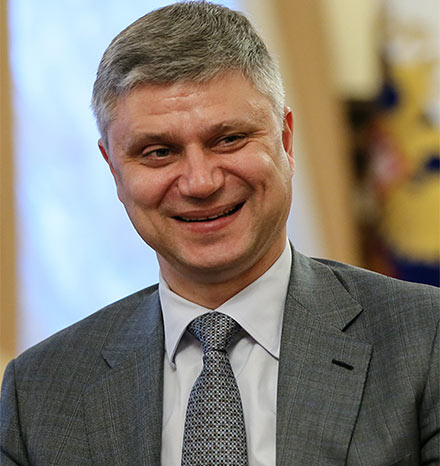Four new tunnels are being planned for excavation on the Eastern Range sections of the Baikal-Amur Mainline (BAM) and Trans-Siberian railways in Russia.

At present, BAM and the Trans-Siberian railways remain the only transport routes in Russia connecting the country with the attractive markets of Asia Pacific through the Far Eastern ports. Still, the routes have problematic bottlenecks, which significantly slow export traffic to foreign markets. One of the ways to deal with these problems is building a tunnel to eliminate single-track bottlenecks. Of these, perhaps the most likely to progress is excavation of a second tube for the Kuznetsosvky Tunnel in the east. Construction could possibly start in early 2022 and would include new tracks and new bridges over the Amur and Yenisei Rivers. The new works will be part of the existing rail routes to the ports of Vanino and Sovgavan, the largest seaports in the Russian Far East basin (Fig 1).
Preparatory works for the project have started, with leading analysts in the field of engineering in Russia considering the planned tunnel as one of the most technically sophisticated in Russia. It will be located in the area of Vysokogorny in the Khabarovsk Territory, close to the existing Kuznetsovsky tunnel, and will be 4km long. The project will significantly expand eastern direction traffic potential on the BAM railway and increase cargo traffic on this section of the route by 100 million tonne/year.
Prior to 2012, the Kuznetsov Pass was considered the narrowest point on the BAM railway, which limited the development of new ports at Vanino and Sovetskaya Gavan on the coast of the Tatar Strait (Fig 1). The first Kuznetsovsky tunnel in 2002 partially solved this problem and resulted in an improvement of transportation in the Russian Far East region.
The new tunnel is estimated to cost RUB 50 billion (US$649 million). During tunneling works there are plans to use the same 9.5m Lovat TBM and Robbins TBM that were first used during the building of the first Kuznetsovsky Tunnel with the Robbins TBM designed specifically for the anticipated mixed rock formations of the region.
According to Mikhail Zaichenko, a former head of the Far Eastern branch of the national RZD rail network, construction will be carried out in harsh climatic conditions, with winter temperatures reaching 54 degrees and snow cover in some places reaching more than 2m deep. Implementation of the project is personally controlled by Oleg Belozerov a divisional head of RZD.
Other projects are planned also for the eastern rail network, particularly on the BAM and Trans-Siberian rail lines. There are plans to resuming a project to build a second parallel tube for the Severomuisky Tunnel on the BAM railway that should contribute to the increase in its carrying capacity by five or six times compared to current figures. In April 2020 the Russian Government decided to suspend implementation of the project due to the pandemic and its negative consequences on the domestic economics. There is a possibility such a decision may be revised in mid-2021.

Commissioned in December 2003, the existing 15km Severomuisky tunnel is the longest rail tunnel in Russia currently. The new parallel tube is to have the same length and about 10m in diameter. In June, 2019 Sibanthracite Group, the largest producer of coal in Russia and a potential operator of the project, had signed a contract for US$74 million with Robbins for design, manufacture and supply of two single-shield Crossover XRE rock TBMs for the excavation works. Construction was initially planned to start in Spring 2020 with production also of the reinforced concrete lining segments. The pandemic suspended these plans.
RZD has plans also for the 1.8km long Dusse-Alin tunnel on the BAM railway in the Verkhnebureinsky District of the Khabarovsk Territory. A tender for the estimated RUB7 billion (US$93 million) construction works has been announced and the new infrastructure is expected to be commissioned by December 2025.
The parallel Baikal Tunnel on the BAM railway is planned to open by mid-2022. The 7km tunnel has been under construction since 2014 using a Lovat TBM that was first used during the building of Moscow Metro in 2010 and that achieved average daily rates of between 7m to 12m at Baikal. The works were complicated by large volumes of groundwater, which were managed via two drainage adits of 1.7km and 1.5km long. The tunnel is located on the border of the Irkutsk region and the Republic of Buryatia and its opening will increase throughput capacity on the BAM Lena-Severobaikalsk section from 17 pairs of freight trains to 25 pairs.
|
|
|
|
|